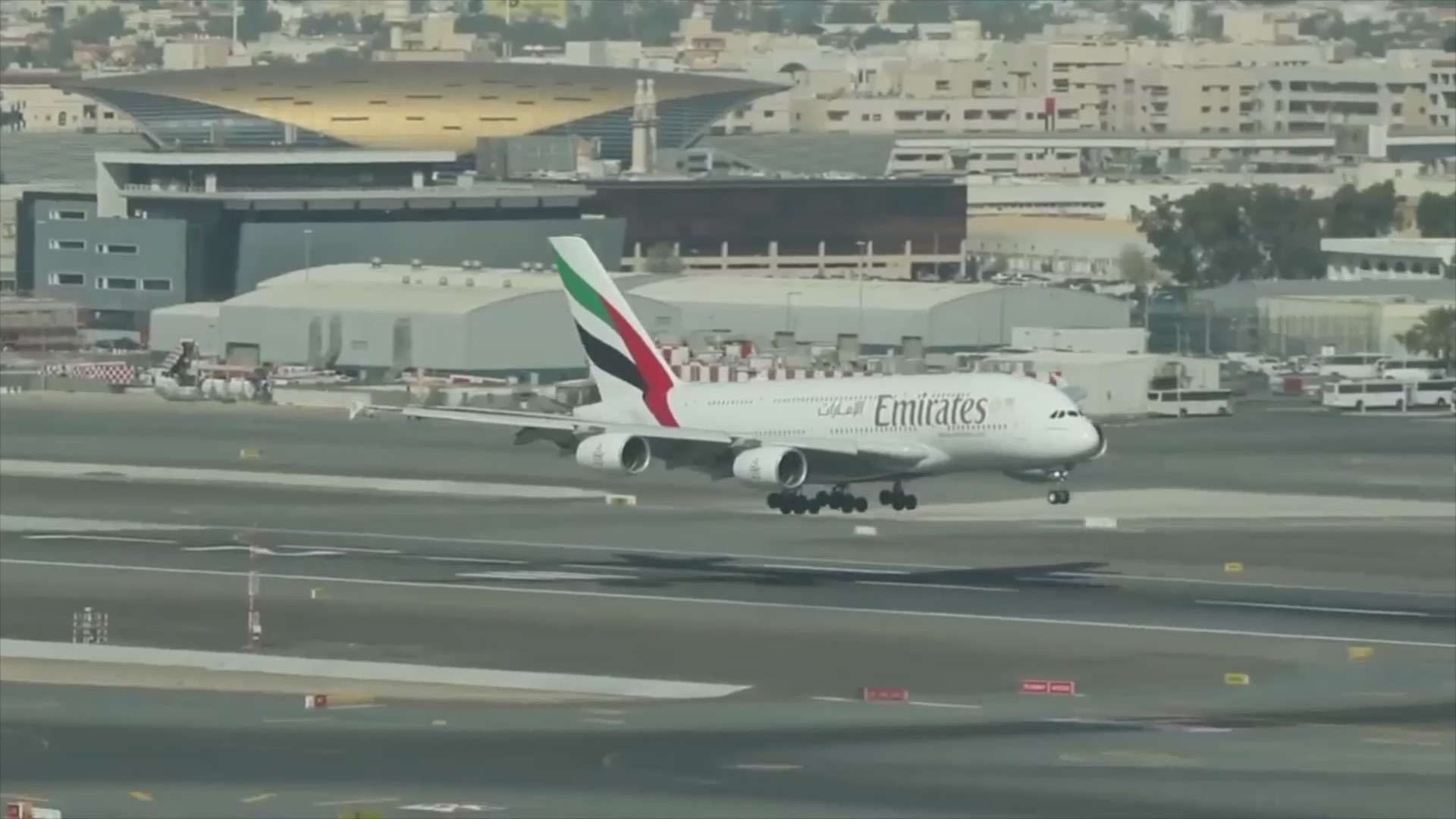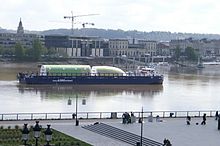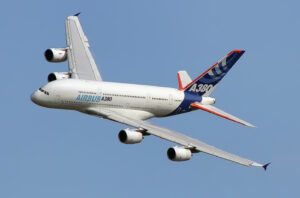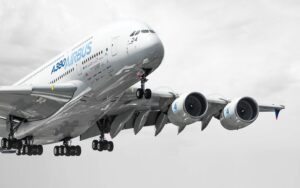
The Airbus A380 is the world’s largest passenger airliner, a wide-body aircraft manufactured by Airbus. The first prototype was unveiled in Toulouse on 18 January 2005, with its first flight on 27 April 2005. The full-length double-deck aircraft has a typical seating capacity of 525, though it is certified for up to 853 passengers. I simply love Airbus planes – particularly A350 & A380 and has been very closely following since the project inception in 2000s to demo flights in 2005 / 2006 when it visited Shanghai among other cities in the world to first flight between Singapore – Sydney in 2007 and till now. I also closley followed the Airbus factories in Hamburg & Tianjin. Im very sad that production of A380 would cease in 2021

What is AIRBUS A380 ?
- The Airbus A380 is the world’s largest passenger airliner, a wide-body aircraft manufactured by Airbus
- The first prototype was unveiled in Toulouse on 18 January 2005, with its first flight on 27 April 2005
- The full-length double-deck aircraft has a typical seating capacity of 525, though it is certified for up to 853 passengers
- It is powered by four Engine Alliance GP7200 or Rolls-Royce Trent 900 turbofans providing a range of 8000 nmi (14800 km)
- As of November 2019, Airbus has received 251 firm orders and delivered 240 aircraft; Emirates is the biggest A380 customer with 123 ordered, of which 113 have been delivered
- It was first delivered to Singapore Airlines on 15 October 2007 and entered service on 25 October
- Production peaked at 30 per year in 2012 and 2014
- However, Airbus concedes that its $25 billion investment for the aircraft cannot be recouped
- On 14 February 2019, after Emirates reduced its last orders in favour of the A350 and the A330neo, Airbus announced that A380 production would end by 2021
How is AIRBUS A380 Produced ? Describe the total logistics ?

Geographical logistics sequence for the A380, with final assembly in Toulouse
- Major structural sections of the A380 are built in France, Germany, Spain, and the United Kingdom
- Due to the sections’ large size, traditional transportation methods proved unfeasible – so they are brought to the Jean-Luc Lagardère Plant assembly hall in Toulouse, France, by specialised road and water transportation, though some parts are moved by the A300-600ST Beluga transport aircraft
- A380 components are provided by suppliers from around the world; the four largest contributors, by value, are Rolls-Royce, Safran, United Technologies and General Electric
- For the surface movement of large A380 structural components, a complex route known as the Itinéraire à Grand Gabarit was developed
- This involved the construction of a fleet of roll-on/roll-off (RORO) ships and barges, the construction of port facilities and the development of new and modified roads to accommodate oversized road convoys
By ship to Bordeaux
- The front and rear fuselage sections are shipped on one of three RORO ships from Hamburg in northern Germany to Saint-Nazaire in France

The Ville de Bordeaux at the Pauillac transfer dock; the barge Breuil can be seen to the left
- The first stage of the route uses a fleet of three Roll-on/roll-off (RORO) ships ;
- The Ville de Bordeaux (2004), the City of Hamburg (2008) and the Ciudad de Cadiz (2009)
- These ships are controlled by Fret Cetam SA, a joint venture between shipping companies Höegh Autoliners and Louis Dreyfus Armateurs, and leased to Airbus
- The ship travels via Mostyn in the United Kingdom, where the wings are loaded
- The front and rear sections of the fuselage are loaded aboard one of the fleet in Hamburg in northern Germany, after which the ship travels to Mostyn in the United Kingdom
- The wings, which are manufactured at Filton in Bristol and Broughton in North Wales, are transported by barge on the River Dee to Mostyn docks, where the ship adds them to its cargo
- The Ciudad de Cadiz went aground without cargo on sandbanks outside Mostyn in January 2013, when its moorings burst during high winds

A380 components on a barge
- In Saint-Nazaire, the ship exchanges the fuselage sections from Hamburg for larger, assembled sections, some of which include the nose
- The ship unloads in Bordeaux (Pauillac, the port of Bordeaux, where it unloads)
- The ship then picks up the belly and tail sections from Construcciones Aeronáuticas SA in Cádiz in southern Spain, and delivers them to Bordeaux (Pauillac, the port of Bordeaux, where it unloads)
By barge to Langon
- From Pauillac, the A380 parts are transported by barge through the centre of Bordeaux on the River Garonne
- The barges carry the parts to Langon, where a special dock has been built to permit the offloading of the barges
- New barges were developed to carry A380 parts
- These incorporate ballast tanks, to enable the barges to adjust their water and air draughts to the prevailing conditions
- Certain parts of the route must be undertaken at high tide in order to provide sufficient water under the keel, whilst the passage under the Pont de pierre in Bordeaux is undertaken at low tide to provide sufficient headroom
- The Canal de Garonne allows barges to go to Toulouse but has insufficient headroom for A380 parts, requiring parts to travel by road on the final leg of their journey
- From there, the A380 parts are transported by barge to Langon, and by oversize road convoys to the assembly hall in Toulouse
- To avoid damage from direct handling, parts are secured in custom jigs carried on self-powered wheeled vehicles
- After assembly, the aircraft are flown to Hamburg Finkenwerder Airport (XFW) to be furnished and painted
- Airbus sized the production facilities and supply chain for a production rate of four A380s per month
By road convoy to Toulouse

Road convoy in an intermediate layover point outside L’Isle-Jourdain
- From Langon the parts are taken by oversize road convoys over a southerly, and indirect, route to Toulouse
- The route was largely determined by the need to avoid any over-bridges
- Many adjustments were necessary to junction and other layouts to allow the convoys to pass
- In places new roads were constructed, some of which are reserved for the use of the convoys
- Convoys travel mostly at night, laying over during the day at specially constructed secure parking areas

